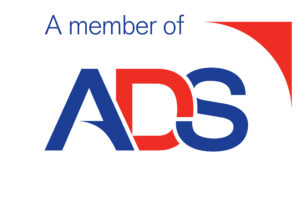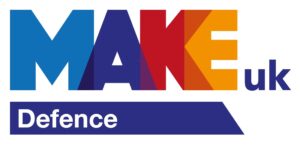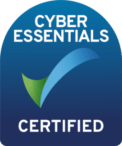Due to coronavirus, many organisations have seen a huge shift to online and remote working, increasing the reliance on email exchanges. Phishing scams and attacks have therefore spiked. Protecting ourselves against these scams is both feasible and easy when you know what to do.
Phishing is the fraudulent attempt to obtain sensitive information such as data, passwords and credit card details through the disguise of a trustworthy entity. This is an example of a social engineering techniques used to deceive users. This type of fraud can come in many different forms. This can be through fake emails, pop-up adverts and phone calls. They use spam, malicious websites, email messages, and instant messages to trick people into divulging sensitive information.
Warning Signs
- You receive an email, text or phone call claiming to be from a bank, or other business you regularly deal with, asking you to update or verify your details.
- The email or text message does not address you by your proper name and may contain typing errors and grammatical mistakes.
- The website address does not look like the address you usually use and is requesting details the legitimate site does not normally ask for.
- You notice new icons on your computer screen, or your computer is not as fast as it normally is.
How to protect yourself:
- Do not click any links or download any attachments from suspicious emails. To check if the website is legitimate, open your web browser and type in the URL manually. You will be able to go to the website in question and determine whether this is a legitimate website or not.
- Pay attention to your emails. Phishers will use real company logos and URL’s similar to the original in order to appear to be legitimate. It is important to check for any discreet spelling mistakes in the URL as this is a key identifier.
- Never give personal information over the phone. If you are unsure about the company, hang up and search the company’s phone number on their website. If you are still unsure, it is helpful to call up the company directly and ask them if they contacted you.
- When looking up the company website, make sure it is legitimate. Fake websites often contain misspellings similar to email phishing scams.
- Look for the secure symbol. Secure websites can be identified by the use of ‘https:’ rather than ‘http:’ at the start of the internet address, or a closed padlock or unbroken key icon at the bottom right corner of your browser window. Legitimate websites that ask you to enter confidential information are generally encrypted to protect your details.
- Beware of any requests for your details or money. Never send money or give credit card details, online account details or copies of personal documents to anyone you don’t know or trust.
- Be wary of unusual payment requests. Scammers will often ask you to use an unusual payment method, including preloaded debit cards, gift cards, iTunes cards or virtual currency such as Bitcoin.
- Do not open suspicious texts, pop-up windows or click on links or attachments in emails – delete them.
What to do if you’ve been scammed:
- Change your passwords. Your computer, financial institutions, and any other password-protected websites that you visit should be updated.
- Run a Full System Scan for viruses on your computer.
- Contact your bank to report that you may have been the victim of fraud
Need advice? Proelium Law is here to help you. We are continuing to work during this difficult period. Call or email us if you have an enquiry, we will call you back at a time convenient for you.
Need advice?Contact us to discuss your requirements and how we can help







